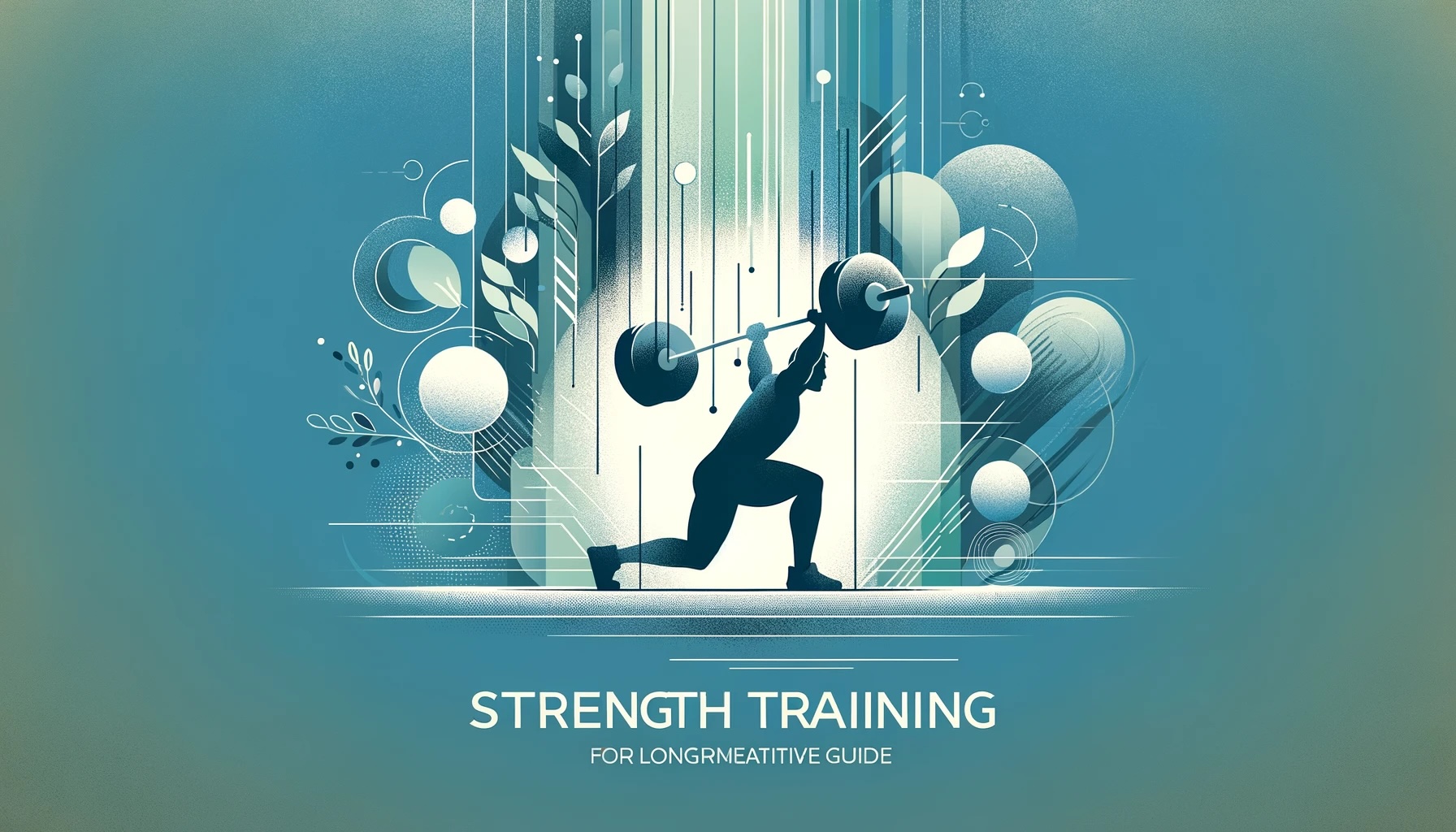

Embracing Strength Training: The Foundation of Longevity and Health
Welcome to our exploration of the R3 method, a holistic approach to exercise that prioritizes longevity and overall well-being. Drawing an analogy from the meticulous care required to cultivate a thriving garden, we’ll delve into how preparing the soil of our physicality through various exercises can sow the seeds for a healthier life.
Preparing the Soil: Building a Strong Foundation
The initial step in our journey is akin to preparing the soil in gardening—laying down the foundation with strength training. Just as rich, nurtured soil yields a bountiful garden, a body strengthened through targeted exercises is primed for health and vitality. Strength training, our cornerstone, supports the growth of muscle mass and strength, enhancing functional abilities for daily tasks and fostering a metabolism that mitigates the risk factors for metabolic syndromes, including type 2 diabetes.
Watering the Garden: The Role of Cardiovascular Exercise
Like the essential act of watering a garden, cardiovascular exercise infuses our bodies with life-sustaining oxygen and nutrients. Regular cardio activities such as running, cycling, and swimming boost heart health, ensuring that the lifeblood of our vitality circulates unimpeded.
Weeding Out the Negatives: Flexibility and Mobility
Addressing flexibility and mobility is the garden’s maintenance—removing weeds and pests that hinder growth. By incorporating stretching and mobility work, we preemptively tackle the potential for injuries and the nagging issues that could derail our fitness journey.
Pruning for Growth: Recovery and Stress Management
In gardening, pruning promotes healthy growth. Similarly, in our physical endeavors, focusing on recovery and managing stress ensures that our bodies and minds remain resilient, trimming away the excess that doesn’t serve our health.
The Benefits of Strength Training: Beyond Muscle Mass
Diving deeper into strength training, we uncover its multifaceted benefits:
- Enhanced Muscle Strength and Mass: Elevating not just the aesthetics but the functionality of our muscles, facilitating everyday tasks.
- Metabolism Boost: Aiding in weight management and reducing metabolic syndrome risks.
- Bone Density Improvement: Fighting against osteoporosis by stimulating bone growth.
- Joint Health: Strengthening muscles around joints for better support and mobility.
- Mental Health Advantages: Alleviating symptoms of anxiety and depression while boosting cognitive function.
- Balance and Posture: Core strengthening exercises lead to improved balance and posture, essential for preventing falls in older adults.
- Longevity and Disease Prevention: A higher muscle mass is associated with reduced disease risk and increased lifespan.
Starting Your Strength Training Journey
Embarking on strength training begins with understanding the need to start slow, especially for beginners. Focusing on mastering the form of each exercise with light weights or body weight is crucial to prevent injuries and ensure effectiveness.
Frequency and Type of Exercises
A balanced approach recommends strength training 2-3 times a week, allowing for recovery between sessions. Emphasizing compound exercises ensures that multiple muscle groups are engaged, offering a more efficient and challenging workout.
Progressive Overload and Diversification
To continue reaping benefits, gradually increasing the intensity, weight, and volume is vital. Diversifying your routine with a mix of equipment and exercises prevents plateaus, ensuring continuous improvement.
Listening to Your Body and Recovery
Attuning to your body’s responses to exercise and prioritizing rest and recovery are paramount. Adjusting exercises based on feedback and ensuring adequate rest days are essential components of a sustainable fitness regimen.
Conclusion: A Holistic Approach to Fitness
Through the metaphor of gardening, the R3 method illustrates a comprehensive approach to exercise, emphasizing the importance of strength training as the foundation of a healthy, vigorous life. By incorporating cardiovascular activities, flexibility, mobility work, and prioritizing recovery, we cultivate a well-rounded fitness regimen that not only enhances our physical capabilities but also contributes to our longevity and quality of life.
As we wrap up this exploration, remember that the journey to health is continuous. Incorporating these principles into your daily routine will yield benefits that extend far beyond the visible, touching every aspect of your well-being. Let’s look forward to growing stronger together, one day at a time.

